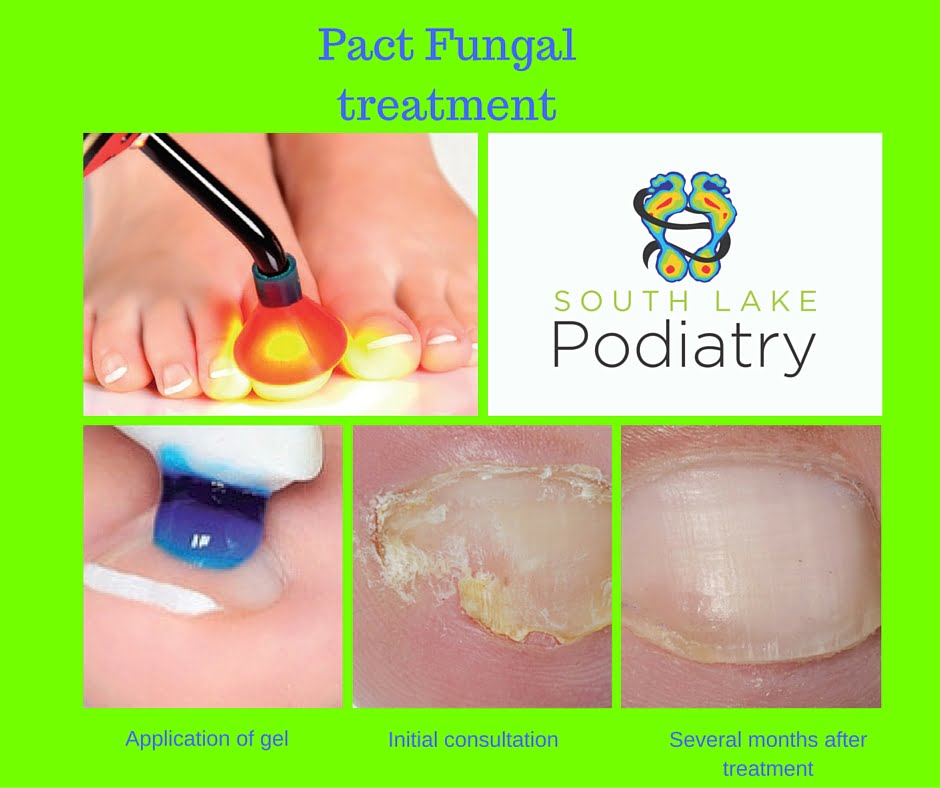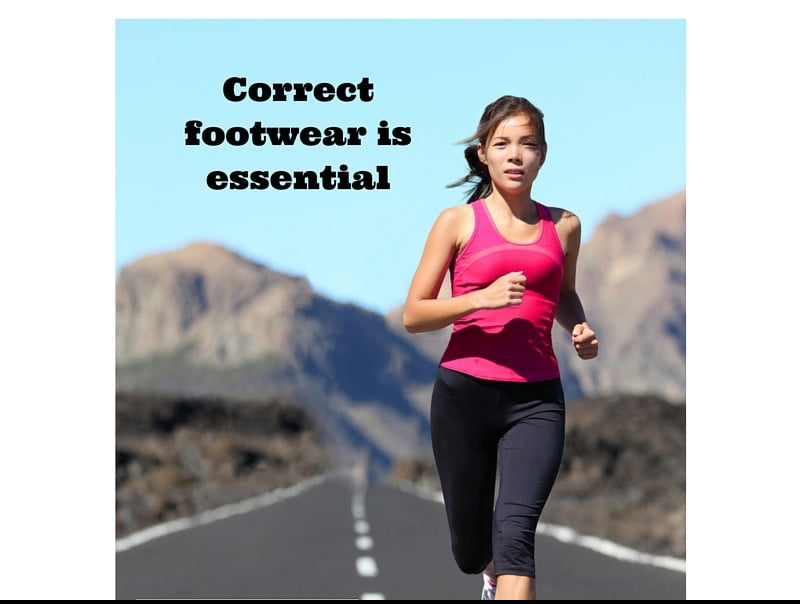Latest News
29 April 2016- Pact Fungal Treatment
Fungal infections of the toenails (onychomycosis) is estimated to affect up to 1.6 million Australians. There are several treatments available which include laser treatment, topical antifungal lacquers and oral medication.
Pact fungal treatment utilises photodynamic therapy to produce an energy transfer and local chemical effect. Using this method, bacteria, viruses and fungi can be effectively destroyed on the skin surface or nails.
There are no damaging side effects with this treatment and it is very cost effective.
1. The initial consultation will include debridement of the nail.
2. A blue gel is applied to the toenail place and below the nail plate. It remains in place for 10 mins prior to the commencement of the light.
3. The PactMed LED with an anti-glare shield is applied over the nail and in contact with the toe itself.
Three treatments are completed in the first week with a subsequent treatment after a month.
Please call us to arrange an appointment for this treatment.

15 December 2015- The importance of correct footwear
I had a patient in recently and when questioned about what type of footwear he wears he said…’That shoe was not his type.’
Footwear can be used to express your personality, fashion sense and character however, if you have a problem with your feet/ ankle/ knees/ legs- this is the first thing that needs to be addressed.
There is a lot of literature about footwear trends. Personally, there are no trends in my practice. From barefoot running, to memory foam shoes… my advice about footwear never changes.
A certain ladies shoes which I cannot name, has been creating a massive amount of heel pain for the ladies that have been attending our clinic in the last 6-12 months. My first question is, ‘Do you have a pair of x shoes?’ If the answer is yes, my advise is to never wear them again! The patient usually replies, ‘They are so light.’
The reason I know about these shoes is because I purchased a pair of them. I worn them for 3 months and then one day, I experienced heel pain. It took a week for my pain to subside…and I have the knowledge and expertise to treat myself.

My tips for footwear:
1. Light shoes do not provide support.
2. The firmer the shoe is on the medial and lateral aspect of the shoe, the better the support.
3. A firm heel counter cups and holds the heel still.
4. If the shoe has asymmetrical wear patterns, throw the shoe out!
5. The shoe should bend at where the toes are in the shoe.
6. Finally, stay away from memory foam!
From all of us at South Lake and Byford Podiatry practices, Merry Xmas and a safe New Year!

7 November 2015
We often get asked what type of cream is good for my feet! Obviously every foot is different and requires different cream.
Therefore, over the next few months we will be trialling several different creams for your feet. We are using a luxurious cream on patients. It is Shea Butter from Arbonne.
Shea Butter in its purest form has been known to treat skin wounds, allegies, insect bites, itching, sunburn, peeling, skin cracks, dry skin. tough/rough skin, muscle aches, fatigue and tension.
Shea butter is a precious vegetable oil, it comes from the Shea Tree. Due to its healing properties it was named Karite Tree= Tree of Life. The oil is derived from the kernel, found within the nuts that on the Shea Tree.
I have been using it for a few weeks and love the texture and smell of cream. It gets absorbed quickly into the skin and can be used for very dry skin. I love this cream!
To purchase this cream http://KristieColalillo.arbonne.com

21 October 2015- Back to the Future day
Welcome to the up-dated website. South Lake Podiatry began in 1995, when most of the housing development in the area didn’t exist. I have watched with amazement how the area has changed.
We are excited and thrilled to be able to give you advise about common problems we see so regularly in daily practice. Do you wonder why some people have no problems with corns/ callous and some do?
5 tips for preventing corns and callous
1. Pay attention to your feet. If there is extra pressure on specific area, DON’T ignore it. Properly fitting footwear is essential. Don’t be tempted to wear anyone else’s shoes as they have moulded to their feet.
2. Apply a good quality moisturiser daily. This will help keep the skin supple.
3. Ensure there is sufficient padding in the bottom of the shoe. Once the internal cushioning has worn down, you will be more prone to callous and corns. It may be feasible to use an insole or orthotic to redistribute pressure from these pressure areas.
4. Don’t use corn plasters or cut callous/corns yourself. In warm, moist confines of enclosed shoes, infections can develop easily. Small cuts can quickly become ulcerations particularly in diabetic patients.
5. Regular trips to us will help ensure that any corns/ callous don’t become a more serious problem.
Remember, your in safe hands at South Lake Podiatry!


